Top Five Historic Music Venues
With a number of London’s most beloved music venues, such as The Astoria and The Luminaire, disappearing in recent years, London Calling celebrate those small but historic venues that are keeping the flag flying for live music in the capital.
By Rex Adams | Updated Sep 4 2023
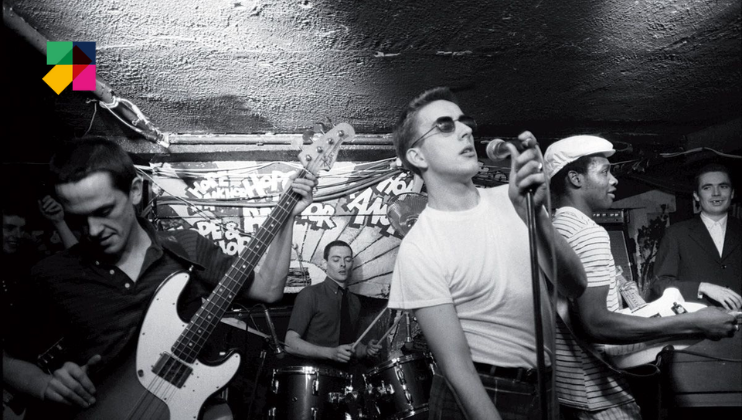
The Halfmoon, Putney
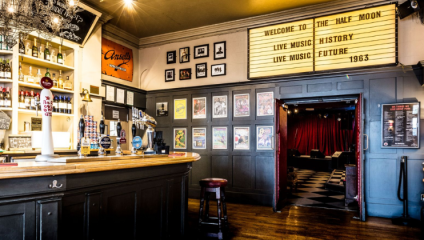
93 Lower Richmond Rd, Putney, London SW15 1EU
In late 2009 a planned refurbishment seemed set to condemn The Halfmoon to gastro-pub hell.
The renowned music venue has a proud heritage, yet it took a spirited campaign, supported by almost 6,000 fans on Facebook, to persuade Young’s Brewery to keep live music at the heart of a new Halfmoon.
When the pub first started putting on concerts in 1963, there were performances from folk stars, including Roy Harper and Ralph McTell, and legendary American blues men, such as 'Champion' Jack Dupree and Arthur ‘Big Boy’ Crudup.
Over the years many more big names have taken to the pub’s backroom stage, including The Rolling Stones, Elvis Costello, Kate Bush and Nick Cave.
After the recent refurbishment, The Halfmoon thankfully remains one of the cornerstones of the capital’s live music circuit.
The 100 Club, Oxford Street
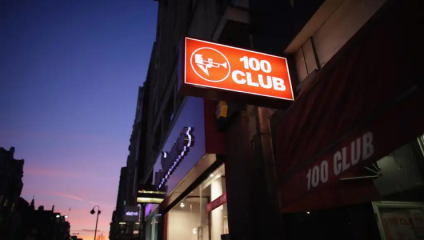
100 Oxford Street, London W1D 1LL
Like The Halfmoon, The 100 Club recently faced a stern battle to stay open. In February 2011, just when it looked like the venue might have to unplug its amps for good due to rising rent costs, trainer manufacturer Converse stepped in with a sponsorship deal.
And recently, in 2020, 100 Club was granted special status in a bid to protect historic music venues.
The scuzzy charms of this underground bunker has been attracting huge stars ever since it opened in 1942 - the names Muddy Waters, Oasis, Fela Kuti, The Kinks and The Clash merely scratch the surface of The 100 Club’s magnificent history.
The Dublin Castle, Camden
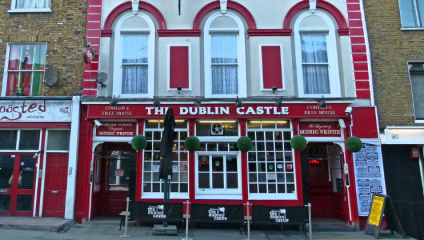
94 Parkway, Camden, London NW1 7AN
You don't have to be Madness to play here but it helps...
This Camden boozer is synonymous with Suggs and his band of merry men, after the fledgling band developed their ska-pop sound there during a summer residency in 1979.
The Dublin Castle has since become something of a training ground for indie’s next big things with Blur, Coldplay, and Arctic Monkeys all appearing.
One of Camden’s most famous residents, the late Amy Winehouse, performed there and she was also known to pop behind the bar on occasion and help serve drinks to customers.
The pub continues to thrive as a music venue and is one of the main ports of call for the Camden Crawl festival.
Bush Hall, Shepherd’s Bush
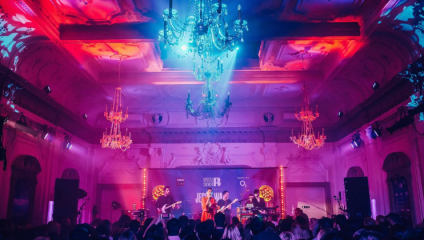
310 Uxbridge Road, London W12 7LJ
Unlike some of the venues on this list, the Bush Hall’s history is not intrinsically linked to music.
In fact, the concert hall, nestled among the fried chicken shops that adorn the Uxbridge Road, has a varied and surprising past. It was built in 1904 as a dance hall but was then used as a wartime soup kitchen, a bingo hall and, briefly, as rehearsal room for the likes of Cliff Richard and The Rolling Stones.
The hall has in its time also been an amusement arcade and snooker club. The venue was bought and renovated in 2000 and since then it has become one of London’s best small music venues.
Established stars including The Killers, REM and Kings of Leon have played there, alongside a host of smaller, up-and-coming acts, as well as hosting regular disco events throughout the year.
Hope and Anchor, Islington
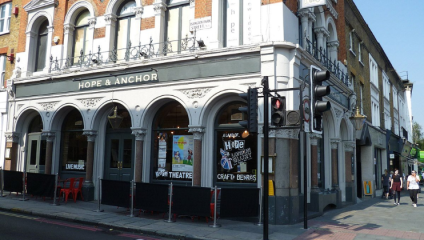
207 Upper Street, London N1 1RL
The basement room at The Hope and Anchor has been a silent witness to some raucous music history.
The venue is most readily associated with pub rock and punk - in the early 1970s there were gigs from, among others, The Damned and Dr Feelgood, while Ian Dury’s first band, Kilburn and the High Roads, also made an appearance.
The pub was the scene of an early U2 gig (the band were wrongly billed as The U2’s) and was the place where Joy Division made their London debut.
The Hope and Anchor continues to put on gigs and comedy nights and there is plenty of memorabilia on the walls to remind visitors of its impressive past.